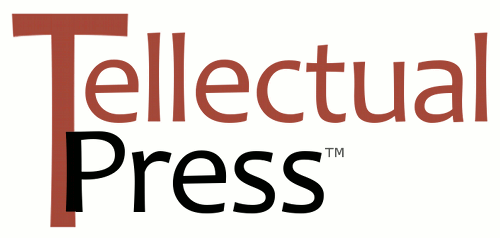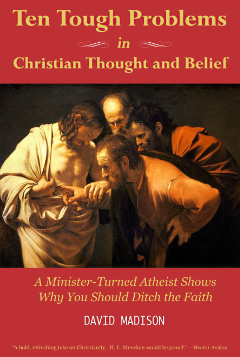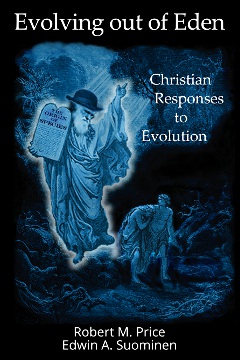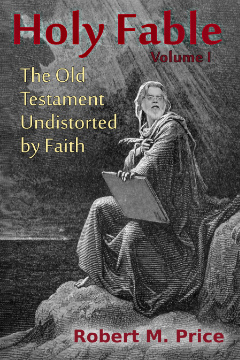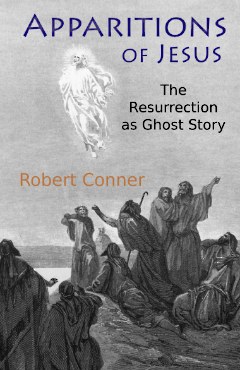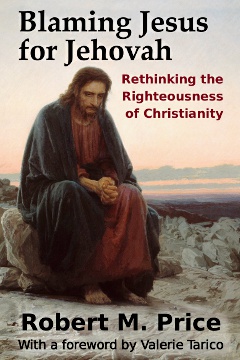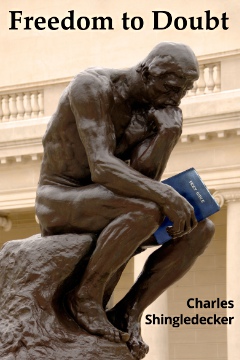Moses and Minimalism
Those who have witnessed the scorn that is heaped on proponents of the Christ Myth Theory would not be surprised if conservative Jews and Christians found threatening a minimalistic approach to Moses. But Minimalism poses very nearly as great a danger to the work of older generations of scholars including Abraham Kuenen, Julius Wellhausen, Hermann Gunkel, and Martin Noth. Much of the once-regnant source and form criticism is now being ignored or discarded.
Yet, for all my skepticism about the existence of the hero of either Testament, I think this is premature. There was no Moses, but even fiction does not materialize out of thin air. Where did it come from? These older tools of the Higher Criticism can help us answer that question.
—Introduction: The Myth of Moses
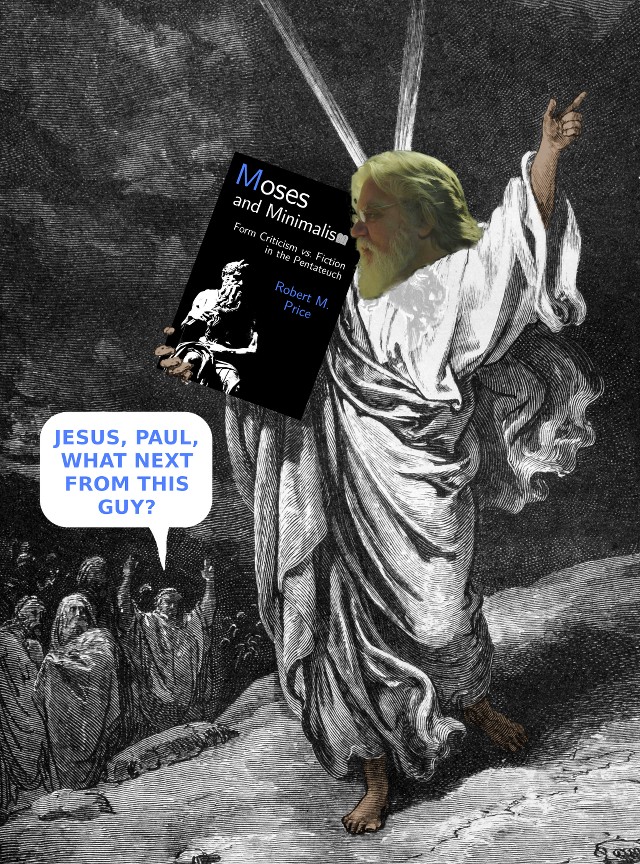
Bob brings on the Bad News, yet again
The saga of Moses the Lawgiver is a mighty oak that has grown strong
and thick through the centuries from an acorn of information found in
the first five books of the Bible. But even the biblical Moses was the
product of earlier stories, assembled by an unnamed, undated compiler.
In Moses and Minimalism, Dr. Robert M. Price applies the critical
scrutiny of his biblical scholarship to an Old Testament figure as
central, and yet mythical, as he has found Jesus of the New Testament to be.
Reviews
Bible scholars Margaret Barker and Philp R. Davies have offered kind
reviews of Moses and Minimalism.
Bob wants to be the first in history to include negative ones as well
as positive, so you will also note the candid comments of Thomas
L. Thomson, an accomplished Professor of Theology. His honest review,
which the book includes in its entirety as an appendix, is appreciated
and respected just the same!
———
I love it!
—Margaret Barker, President, Society for Old Testament Study
Did Moses, the hero of the Exodus, the promulgator of the Jewish Torah, ever exist as a historical individual? It is typical of the wide chasm between biblical specialists and pious Bible readers that the first group now takes for granted that Moses never existed, while the latter never questions that he did. In Moses and Minimalism, Price attempts to explain to (his fellow) non-specialists why Moses is best regarded as a myth. That is a tall order, since to conservatives it seems like questioning the existence of George Washington.
But Price also seeks to bridge another gap: the one between the older critical methodologies (source criticism, form criticism, redaction criticism) on the one hand and the far more radical perspective of the Copenhagen School, the so-called Old Testament Minimalism. The older approaches, anathema to traditional believers, are made to look like “that old time religion” compared to the work of Thomas L. Thompson, Philip R. Davies, Giovanni Garbini, and Niels Peter Lemche. What if you find both approaches enlightening, even compelling? Is there any way to combine the two? That is the experiment Price undertakes in Moses and Minimalism. What if the two approaches can be shown, not only to be compatible, but actually to shed new light on each other? In any case, readers will wind up possessing a deeper and more comprehensive understanding of the Bible.
Personally, I find most of it interesting and quite a bit of it plausible. I can imagine that the non-specialist will be either horrified or deeply curious!
—Philip R. Davies, Professor Emeritus of Biblical Studies, University of Sheffield
In international scholarship today, I don’t see that your readings, oriented towards problems that are current in scholarship (and they are not accompanied with a discussion of either method or goals other than the story’s lack of historicity), would arouse much interest. It is a very passive essay and I don’t really understand what you want to do with it.
—Thomas L. Thompson, Professor of Theology, University of Copenhagen, 1993-2009
———
Bob’s head is from a screenshot of the forthcoming documentary
The Gospel According to Price and his body is from a Gustav Doré engraving showing Moses with the Ten Commandments. Compiled by Ed Suominen with the free GIMP image processing software.
See those little law tablets substituting for the “m” at the end of “minimalism”? Credit for that fine idea goes to the very creative
David Ellis Dickerson.
